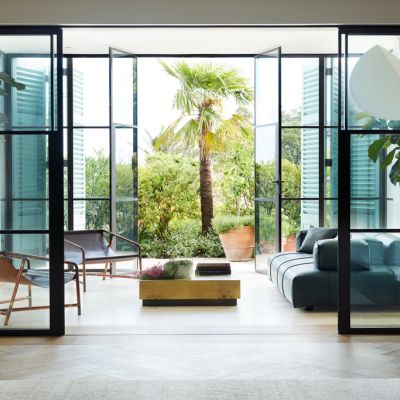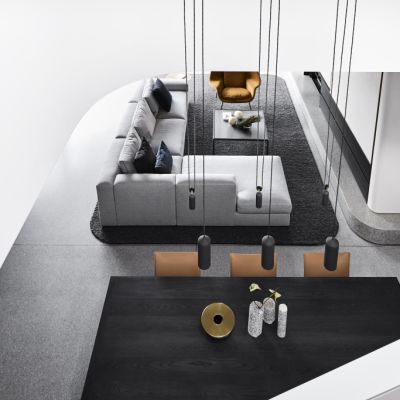A chat with Paul Conrad: Meet the architect who has perfected the minimalist-classical look
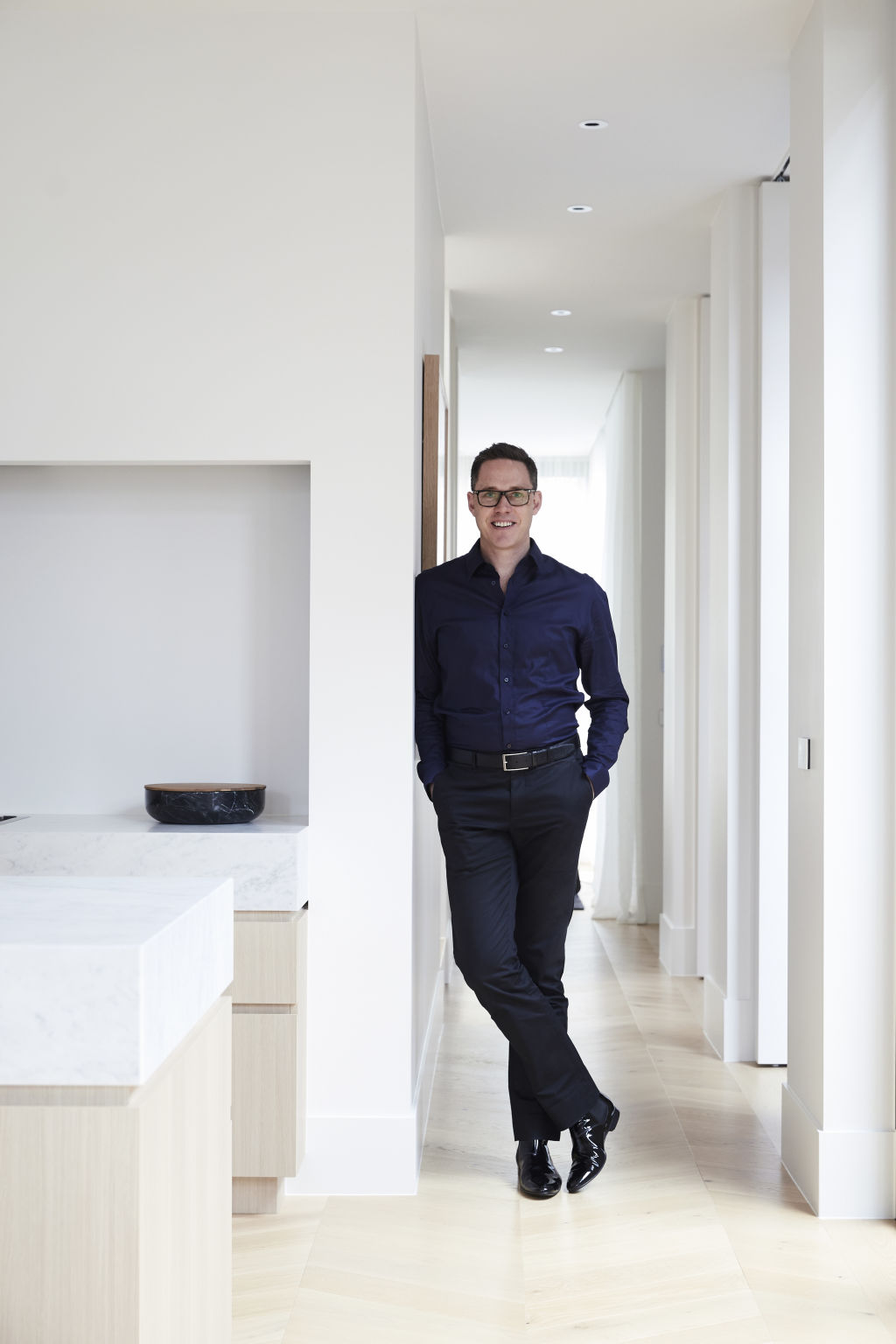
Through his Melbourne-based architectural and interior design practice, Paul Conrad has come up with a seamless way to meld two design worlds into one.
We spoke with Conrad about how he got his start, what he learned from living in London, and what his own home looks like.
Q: Why did you want to become an architect?
One of my grandfathers was a civil engineer, who designed and built his own houses. The other had been dissuaded from studying architecture by his father, a prominent Adelaide architect, as it was the time of the Great Depression and so architecture wasn’t a great career choice.
I recall as a four or five-year-old boy, when people asked me what I wanted to be when I grew up, my answer was always “someone who designs houses”. The word “architect” was beyond my young vocabulary.
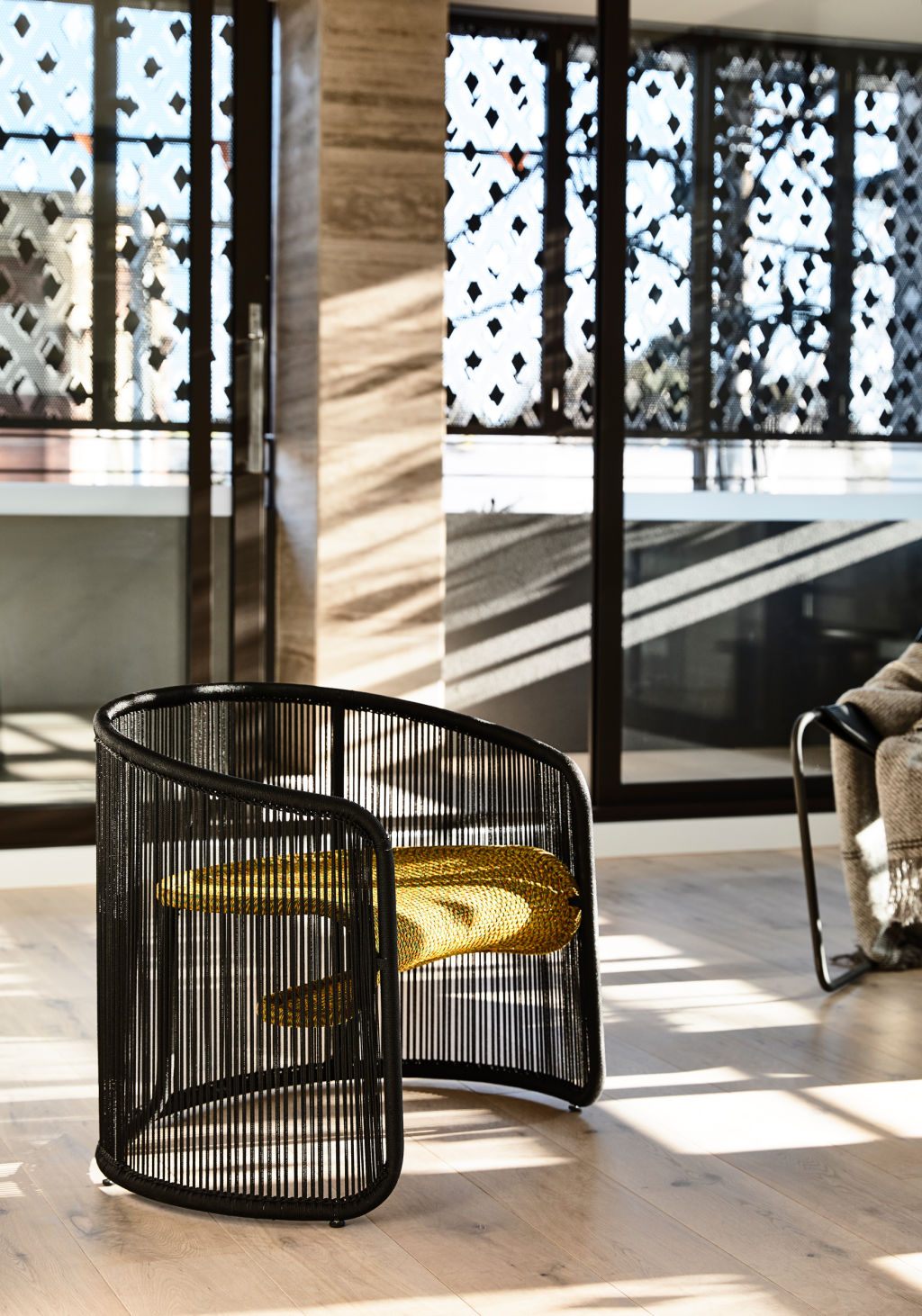
Q: Give us a brief rundown of your career.
After completing an architectural degree in Adelaide, I spent a couple of years working in Adelaide and Melbourne, before moving to London and working for the established practice HOK.
I later returned to Melbourne and worked at Hassell before founding the architectural and interior design practice Conrad Architects just over a decade ago.
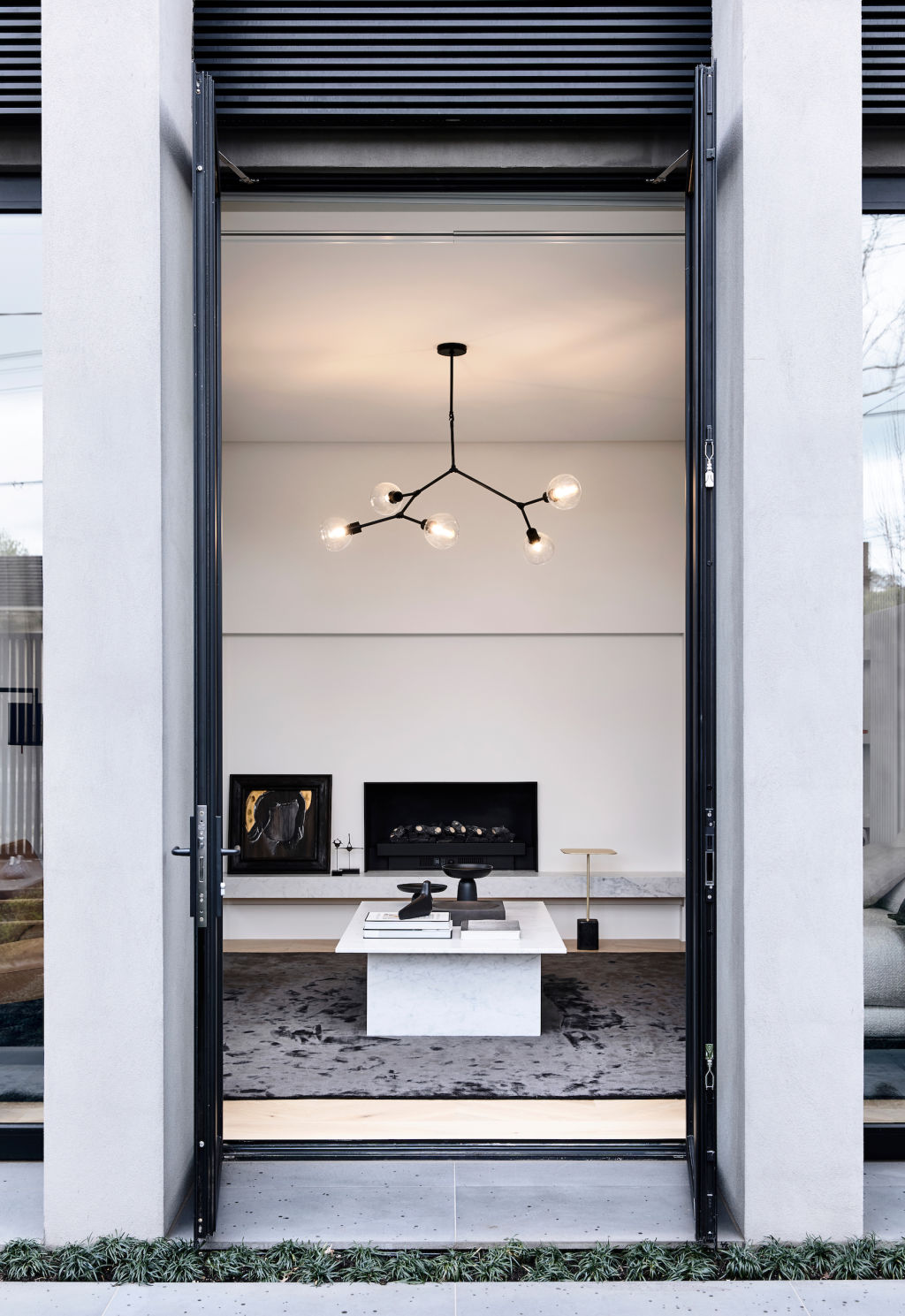
Q: How did the London stint influence you?
I had a strong mentor, who opened my eyes to the possibility of overlaying a minimalist aesthetic with the richness of classical design.
Two memorable projects gave me a deep understanding of the role that history and time play in design. One was in a historic location adjacent to a church that dated back to the 5th century.
The other was the Millennium Dome – a truly contemporary building designed to celebrate the beginning of the third millennium.
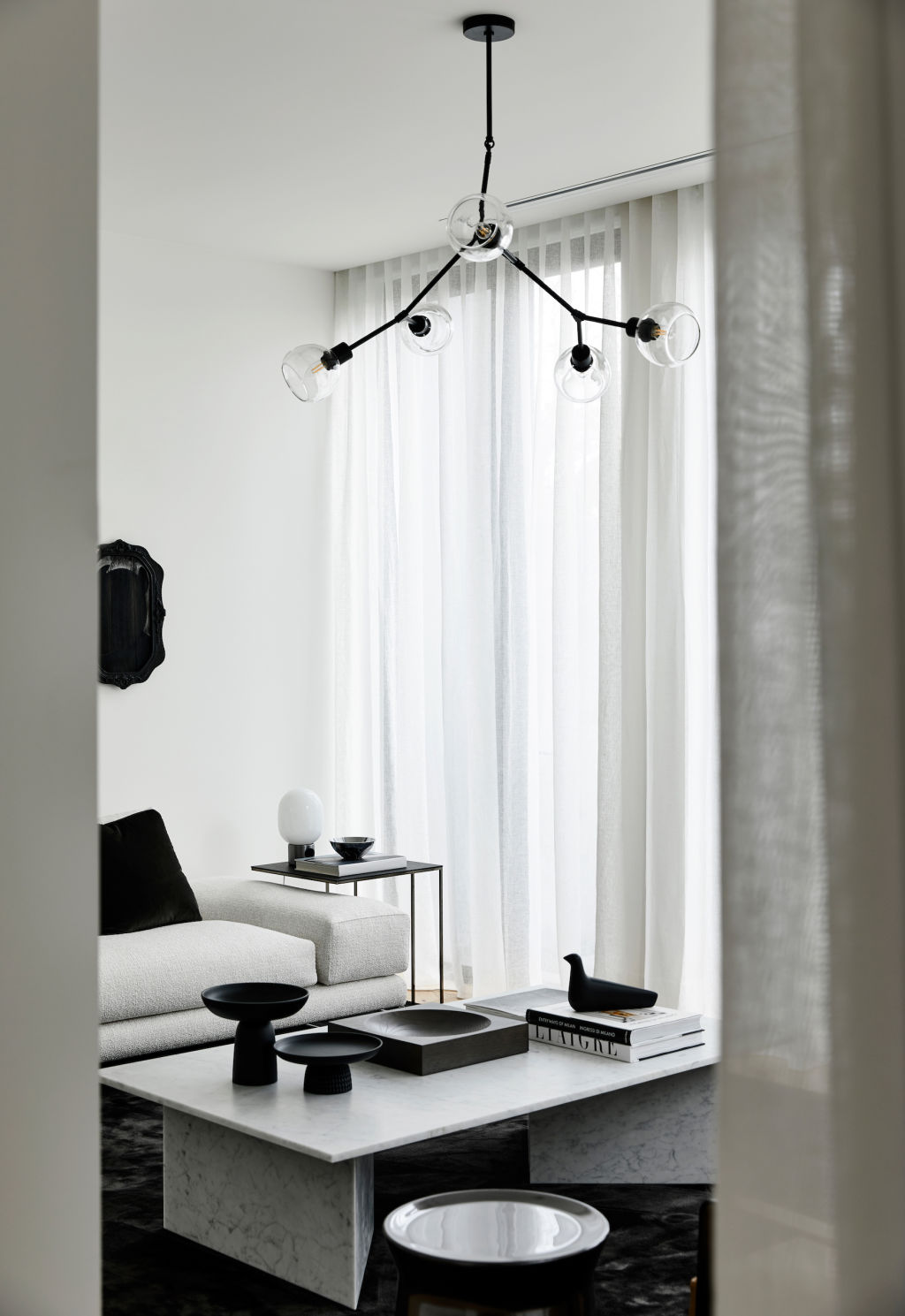
Q: What’s your philosophy at Conrad Architects?
Our philosophy centres on the enduring principles of design that have informed architects for centuries – space, material, light, proportion and form.
As a result, our work is often seen as marrying the characteristics of classic architecture with an aesthetic that is both contemporary and distinguished.
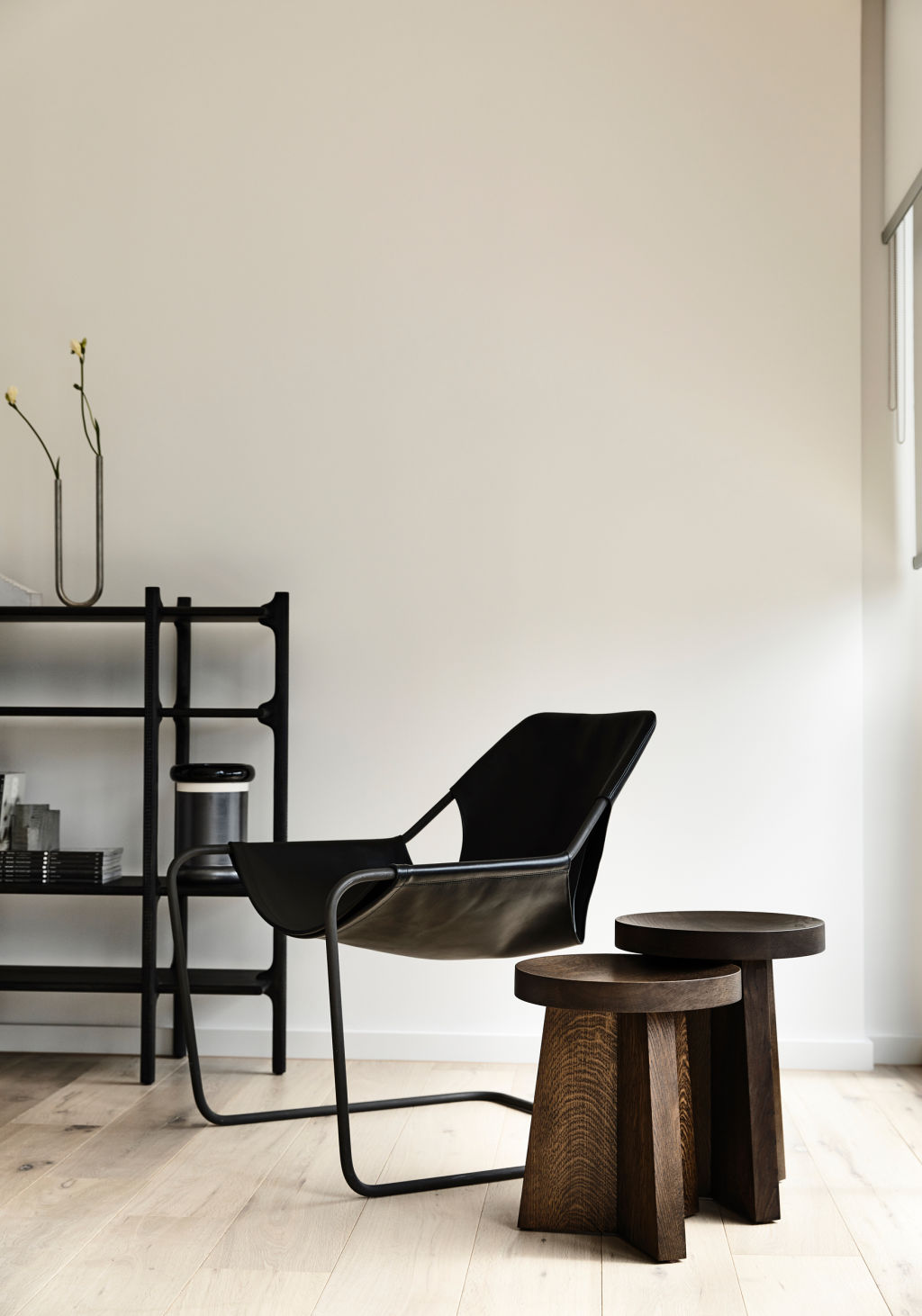
Q: What does your own home look like?
A recent project – Hornsby Residence – is actually my own home. The aesthetic could be described as having a contemporary expression, a classical sense of rhythm, a Georgian sense of proportion, a minimalist expression of detail, with a European layering of texture and material.
Q: What was the last object you coveted?
A Favela chair, designed by the Campana brothers and made of hundreds of pieces of scrap timber nailed and glued together – reminiscent of the way the favelas of Brazil are constructed.
We recommend
We thought you might like
States
Capital Cities
Capital Cities - Rentals
Popular Areas
Allhomes
More

